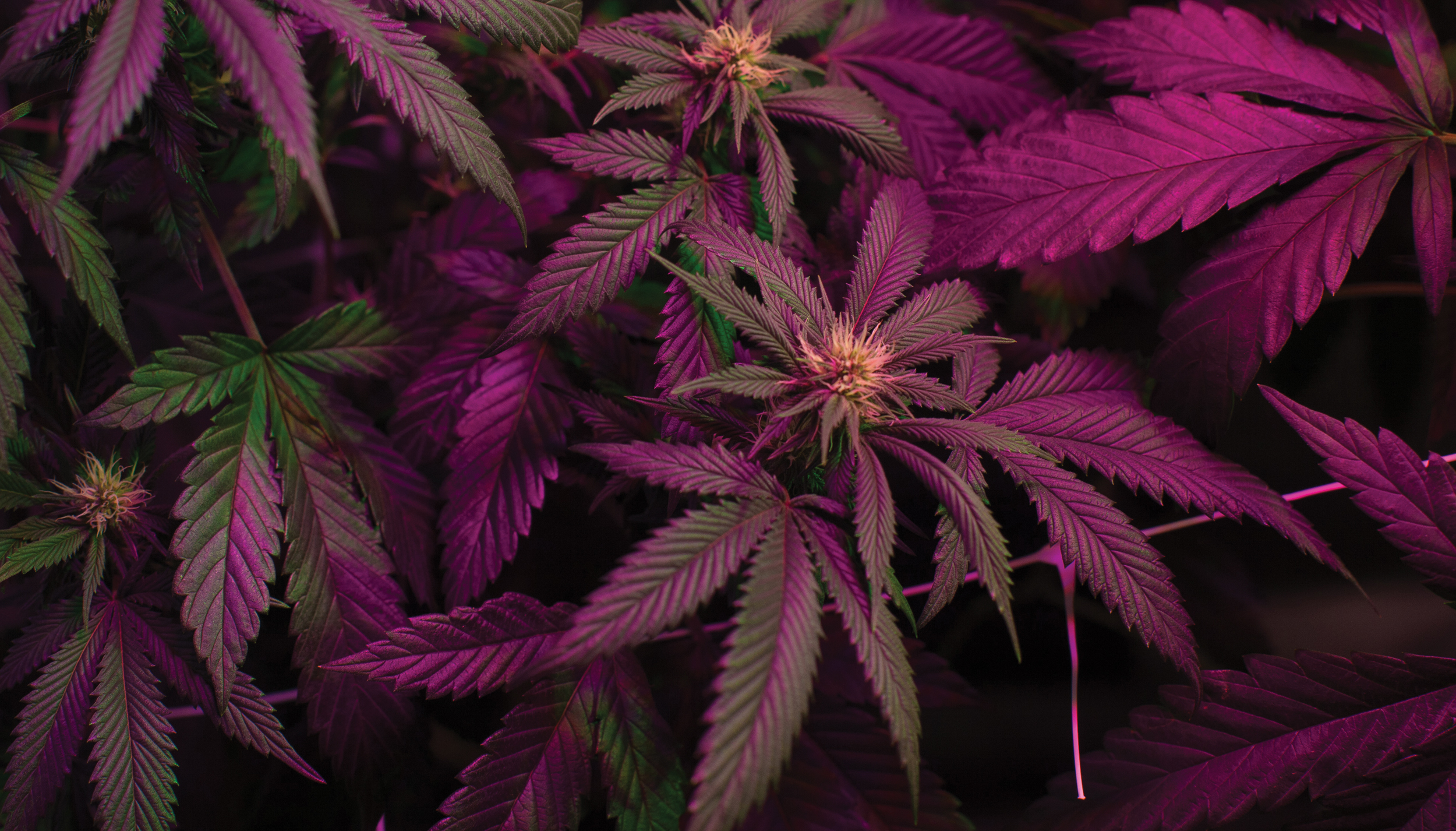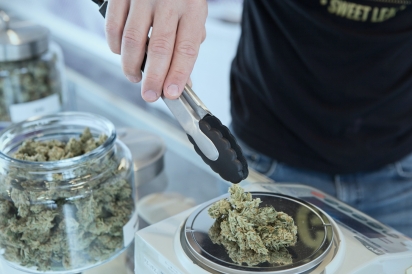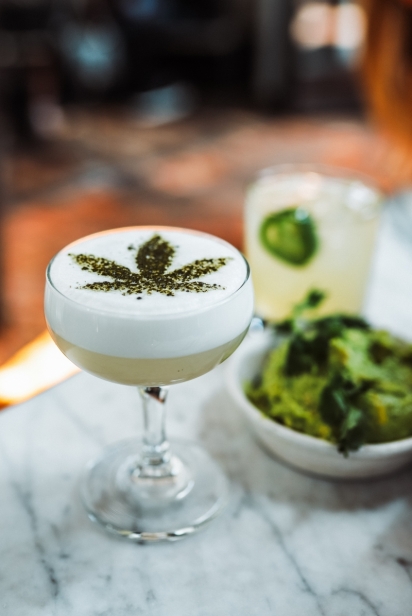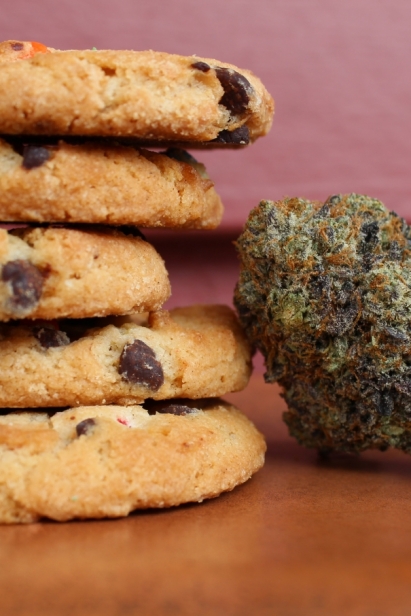High Times
“The times they are a-changin’,” wrote Bob Dylan in 1963. More than half a century later, his words still hold true. The counter-culture that Dylan represented is undergoing a tectonic change, as cannabis, the mind-altering cornerstone of the counter-culture movement, is slipping out from the shadows. On October 17, 2018, the possession and use of recreational cannabis became legal in Canada; soon to expand across the country with edibles and infused beverages.
Marijuana Use: Medicinal and Recreational
Cannabis (also known as marijuana, dope, pot, weed, grass, ganja or Mary Jane) is a greenish-gray mixture of the dried flowers of Cannabis sativa. The two main compounds from the plant are cannabidiol (CBD) and tetrahydrocannabinol (THC). Both compounds have similar medical benefits, but CBD is non-psychoactive, whereas THC will provide the feeling of euphoria and provide a “high.” Cannabis products can be purchased with varied levels of the two compounds.
Cannabis is used for two purposes: the first is as recreational marijuana, where it produces a feeling of euphoria by stimulating brain cells to release dopamine. Colours appear more vivid, noises are louder and there can be an altered perception of time and an increased appetite, known as the "munchies."
The second use is medicinal, where its effects are far more reaching than just relaxation and pain reduction. Medical cannabis was actually legalized in 2001, and the healthcare system is still working on integrating its use as part of an overall health and wellness plan.
Caution does need to be exercised when using cannabis, as overdosing can have negative effects such as short-term memory problems and loss of coordination. Even so, some consider cannabis less harmful than cigarettes or alcohol, with many Canadians partaking in it long before its recent legalization. Popular Canadian author Pierre Berton, for example, often smoked marijuana to help him through a night of writing, and even rolled a joint on the “Rick Mercer Report” television show in 2004.
According to Statistics Canada, recreational pot shops are now selling more than a combined $120 million of cannabis per month. But opening a shop isn’t easy, as Amy Heggie found. She recently opened Pender Island Naturals, the only cannabis shop in the southern Gulf Islands. “Getting a license was complicated, time consuming and expensive,” she says.
In British Columbia, the Liquor Distribution Branch is responsible for recreational marijuana. Currently, there are four government dispensaries and 23 private licensed stores on Vancouver Island, with more on the way. Medical cannabis, which is the responsibility of Health Canada, must be obtained from licensed growers by approved clients. It is ordered online and delivered directly to your door. Approved medical cannabis is not available at recreational dispensaries.
Legally, an adult is allowed up to 30 grams for recreational purposes, and up to four cannabis plants may be grown per household. Possession and use of medical cannabis varies by individual, and is dependent upon monthly allotments.
Marijuana Consumption
Marijuana is often smoked in hand-rolled cigarettes called “joints.” Glass pipes, bubblers and bongs are also used to consume the drug. A relatively new method of inhaling marijuana is vaporization, where devices such as e-cigarettes heat the cannabis at low temperatures. Other ingestion forms include capsules, oral sprays and topical oils.
There is unlimited scope for creativity, as cannabis can be put into just about any kind of food, such as candy, ice cream, butter and, of course, brownies. It can also be infused into drinks such as tea, coffee and beer. Edibles and drinkables are often the choice of medical users or those who don’t normally smoke. Heggie, a non-smoker, prefers edibles to smoking, because it gives a more body-oriented high that lasts longer. “I take pot for medical reasons [and] to sleep better and to enjoy music.”
Recently, I visited The Original Farm, a recreational dispensary in downtown Victoria. With the windows covered, it was initially intimidating. But once inside, I found the shop elegantly appointed with a dispensing counter, displays of cannabis paraphernalia and a large screen showing product photos and videos. According to Gavin Rose, a dispenser and consultant there, the West Coast has always been receptive to cannabis. He even thinks Victoria is the cannabis capital of Canada.
With a steady stream of customers flowing through, Rose explains that just like learning a new musical instrument, mastering the marijuana experience takes patience and practice. “I learned how to pair marijuana varieties with a particular setting,” he says. “One memorable experience was taking a THC capsule with masses of tulips at a huge garden. It was like a nature documentary on flowers meets Alice in Wonderland.”
In the first year of legalization, only a limited range of products was permitted for sale. The second phase, to be implemented in early 2020, will extend allowable products to edibles and a range of drinks as well as more concentrated pot, vaporizables and hash.
The changing laws have found many chefs and restaurateurs exploring cooking with cannabis-infused edibles. Several craft microbreweries are looking to produce cannabis-infused beers and ales. And cannabis tours will let you sample all this and more.
So, yes, the times are a-changin’, and many exciting experiences lie ahead. My taste buds are already jumping.









